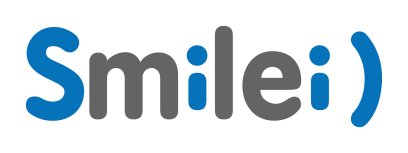Orateur
Description
Laser plasma acceleration [1] provides several advantages compared to conventional radio-frequency accelerators for electron source injectors: high accelerating gradients up to hundreds of gigavolts per meter (compactness) and short duration electron beams. However, the control of quality and stability of the produced electron bunches remain a challenge.
Here we focus on the target design studies for the PALLAS project which aims to achieve reliability of conventional RF accelerators producing 150-200 MeV electron bunches in the injector stage, with a charge of 15-30 pC, at 10Hz with less than 5% energy spread. The laser pulse is provided by the LaseriX laser driver, yielding a 35 fs laser pulse with a 40TW peak field.
A first rough design of a two-stage plasma cell is performed using OpenFOAM computational fluid dynamics simulations [2]. Assuming full ionization of the gas, simulated gas density results yield an longitudinal electronic density distribution which is then used in SMILEI [3] simulation.
Extensive numerical simulations are necessary to optimize gas cell target with multiple regions for controlled local ionization injection. For this work we used the envelope and azimuthal mode approximation in SMILEI with a low number of particles per cell allowing us to perform very-efficient computing time simulations. Two types of studies were performed: (1) extensive grid scan on plasma and target parameters, (2) Bayesian optimization implementation test with laser and plasma parameters for a fixed target geometry. Working points corresponding to optimal parameters sets with up to four free parameters have been obtained. Computations were performed at TGCC under A9 Call, some specific functions for job management , submission and control were developed in order to have an optimal workflow of Bayesian optimization process.
In order to proceed to quantitative comparisons of numerical experiment results with experimental results at PALLAS, we are currently testing approximation of realistic laser profile by flattened Gaussian profile.
[1] Tajima, Toshiki, and John M. Dawson. "Laser electron accelerator." Physical Review Letters 43.4 (1979): 267
[2] Audet, T. L., et al. "Gas cell density characterization for laser wakefield acceleration." Nuclear Instruments and Methods in Physics Research Section A: Accelerators, Spectrometers, Detectors and Associated Equipment 909 (2018): 383-386
[3] Derouillat, Julien, et al. "Smilei: A collaborative, open-source, multi-purpose particle-in-cell code for plasma simulation." Computer Physics Communications 222 (2018): 351-373.

